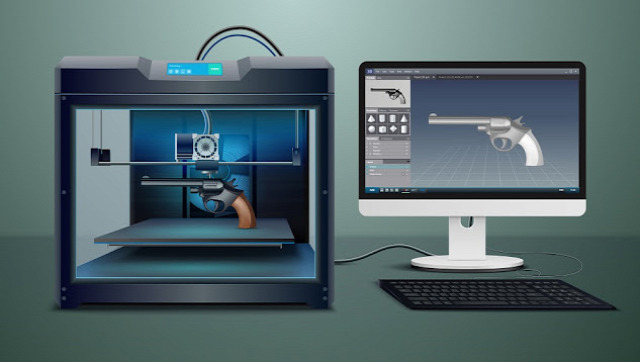 The hypersonic market is on the brink of a revolutionary transformation, driving unprecedented advancements in speed, defense, and aerospace technology. Hypersonic technology, characterized by vehicles traveling at speeds exceeding Mach 5 (over 3,800 mph), is redefining the landscape of global defense and commercial aviation.
The hypersonic market is on the brink of a revolutionary transformation, driving unprecedented advancements in speed, defense, and aerospace technology. Hypersonic technology, characterized by vehicles traveling at speeds exceeding Mach 5 (over 3,800 mph), is redefining the landscape of global defense and commercial aviation.
According to BISResearch, the global hypersonic market is valued at $7.57 billion in 2024 and is expected to grow at a CAGR of 8.94% to reach $17.82 billion by 2034. The hypersonic market encompasses a wide range of applications, including military defense systems, commercial aviation, and space exploration.
Hypersonic Market (by Launch Mode)
- Air Launched
- Surface Launched
- Subsea Launched
Dominance of the Air-Launched Segment in the Hypersonic Market
The prominence of the air-launched segment in the hypersonic market is driven by several critical factors. Firstly, air-launched hypersonic systems provide unmatched flexibility and swift deployment capabilities, enabling rapid responses to evolving threats and dynamic battlefield conditions. Additionally, this segment benefits from continuous advancements in aerospace technology and the widespread development of hypersonic systems by leading defense contractors and government agencies.
For example, Lockheed Martin's AGM-183A Air-launched Rapid Response Weapon (ARRW) highlights the increasing focus on air-launched hypersonic technology, offering prompt, long-range strike capabilities against high-value targets. These technological advancements, combined with significant investments in air-launched hypersonic systems by major military powers such as the United States, China, and Russia, further cement the leadership of the air-launched segment within the hypersonic market.
Request A Free Detailed Sample on Hypersonic Market - A Global and Regional Analysis
Key Drivers in Hypersonic Market
-
Technological Advancements: Continuous innovations in materials science, propulsion systems, and avionics are propelling the hypersonic market forward. High-temperature-resistant materials and advanced propulsion systems like scramjets are critical to achieving hypersonic speeds.
-
Government Funding and Initiatives: Governments worldwide are investing heavily in hypersonic technology. For example, the U.S. Department of Defense has allocated significant resources to develop and deploy hypersonic weapons.
-
Strategic Military Advantage: The ability to deploy hypersonic missiles provides a significant strategic advantage, prompting countries to accelerate their development programs to stay ahead of potential adversaries.
-
Commercial Viability: The potential for hypersonic travel to revolutionize the commercial aviation sector is immense, driving investment from both private and public sectors.
Hypersonic Market Challenges
-
Technical Hurdles: Achieving and sustaining hypersonic speeds pose significant technical challenges, including heat management, propulsion, and structural integrity.
-
High Costs: The development and deployment of hypersonic systems are expensive, limiting participation to well-funded entities and nations.
-
Regulatory and Safety Concerns: Ensuring the safety of hypersonic travel and addressing regulatory issues are critical to the market's growth. This includes developing international standards and addressing environmental concerns.
Future Outlook
The hypersonic market is poised for rapid growth, with significant advancements expected in the coming years. Collaborative efforts between government agencies, private companies, and research institutions are likely to accelerate technological breakthroughs. The successful integration of hypersonic technology into defense systems, commercial aviation, and space exploration will redefine global transportation and military strategy.
Conclusion
The hypersonic market represents the forefront of technological innovation, with the potential to revolutionize speed and defense capabilities. As investments and research efforts intensify, the world is on the cusp of a new era in aerospace and defense, where hypersonic technology plays a pivotal role in shaping the future.





